ELSI Science-Art Project with the artist Madoka Naito aims to explore and expand the framework of the science language through active discussions and exchange of perceptions between the artist and researchers about life, Earth and the universe, and a workshop that reflects the discussions.
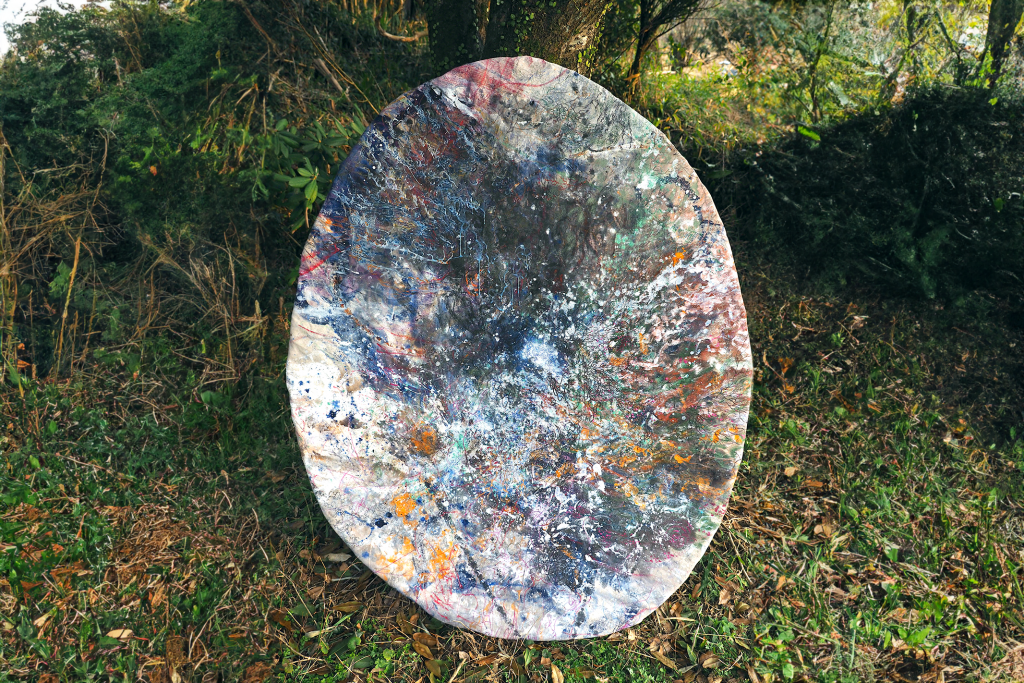
Beginning
On my first visit to ELSI (Earth-Life Science Institute), I was given a tour of the facility and met with researchers who studied various fields. Under the theme “Life Beyond Earth”, we discussed Earth, space and what “life” may be. I also learned about each of their research while I explained my artmaking process and concepts. I was amazed by the diversity of their research, motivations and backgrounds.
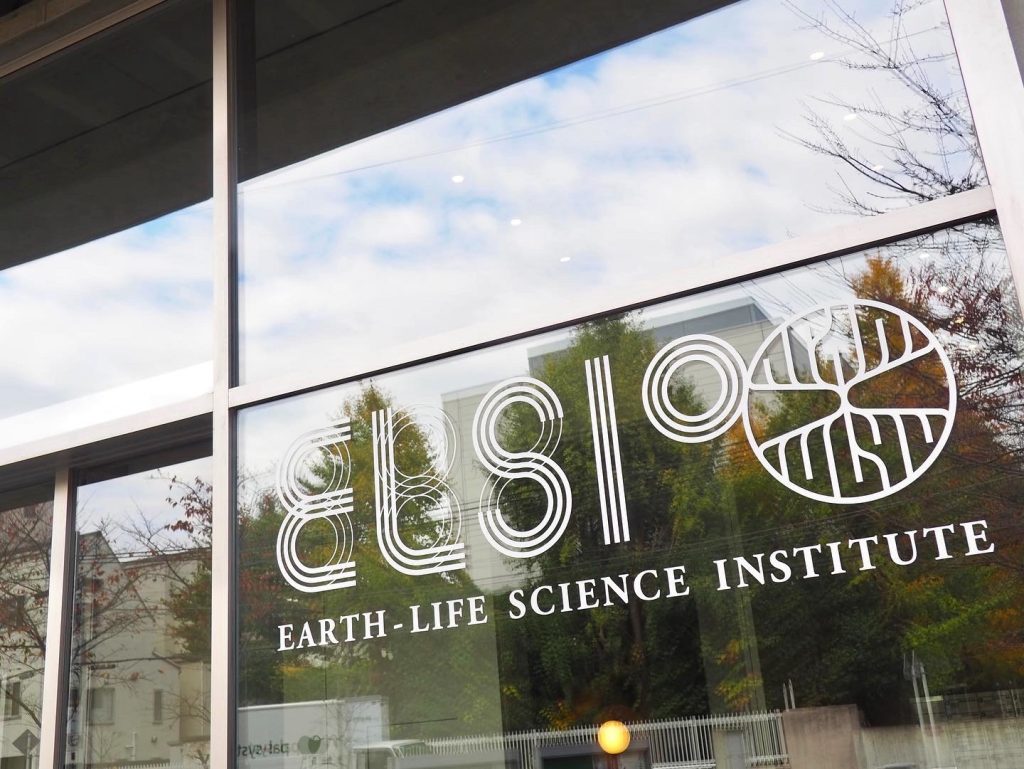
Through discussions, I learned that we share similar ideas on how life consists of many simple yet messy aspects. It was an exceptional experience to see the “science world” through each researcher and learn about the world they see through my senses.
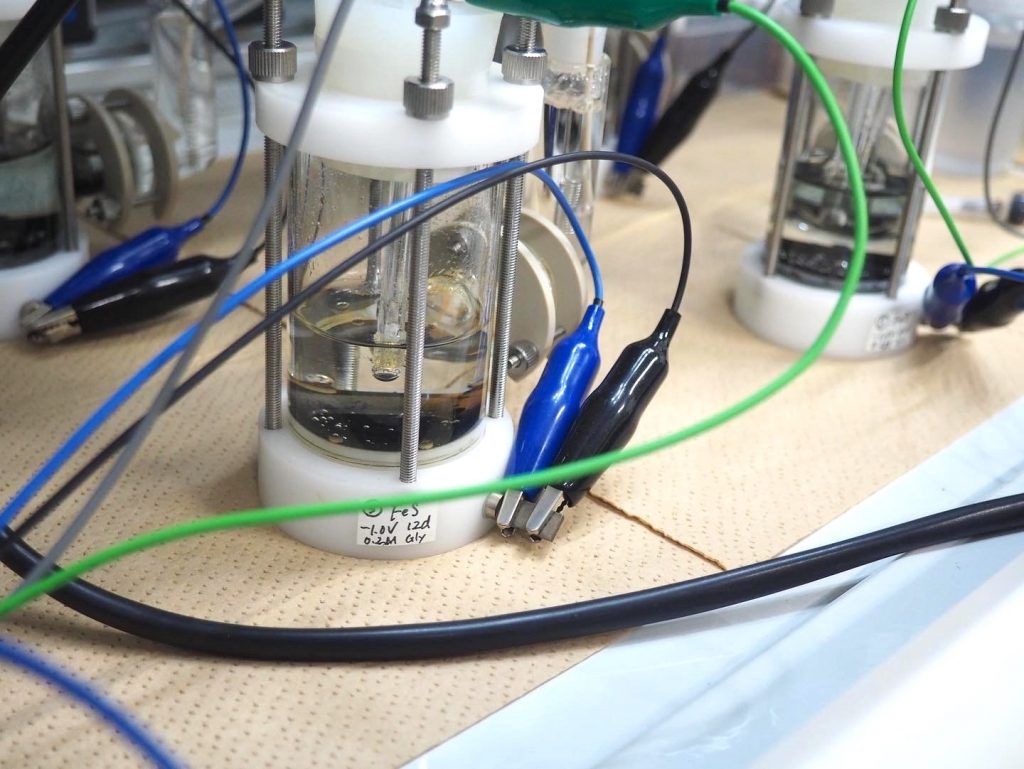
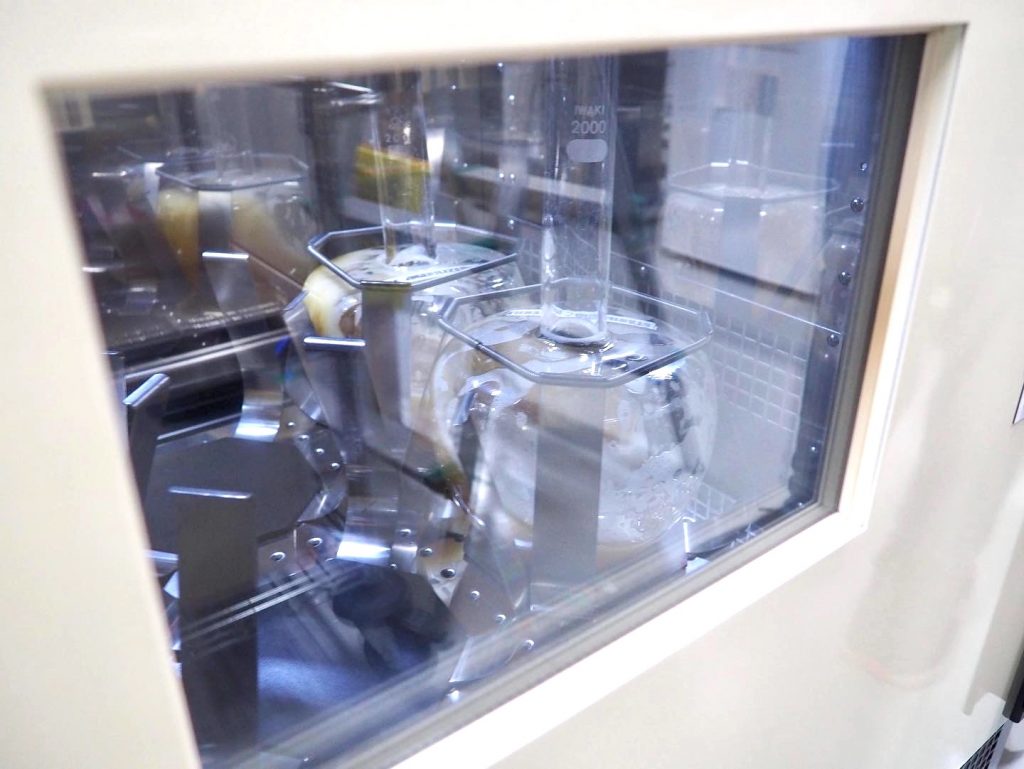
Artmaking Process
After the visit, I reviewed each conversation and the experience and started working on a large canvas while experimenting on more minor scales. Salt and hot spring were one of the first things that I added to the canvas, inspired by the research. During my second visit to ELSI, I left the canvas on the table at AGORA, the communication space at ELSI, for everyone to join.
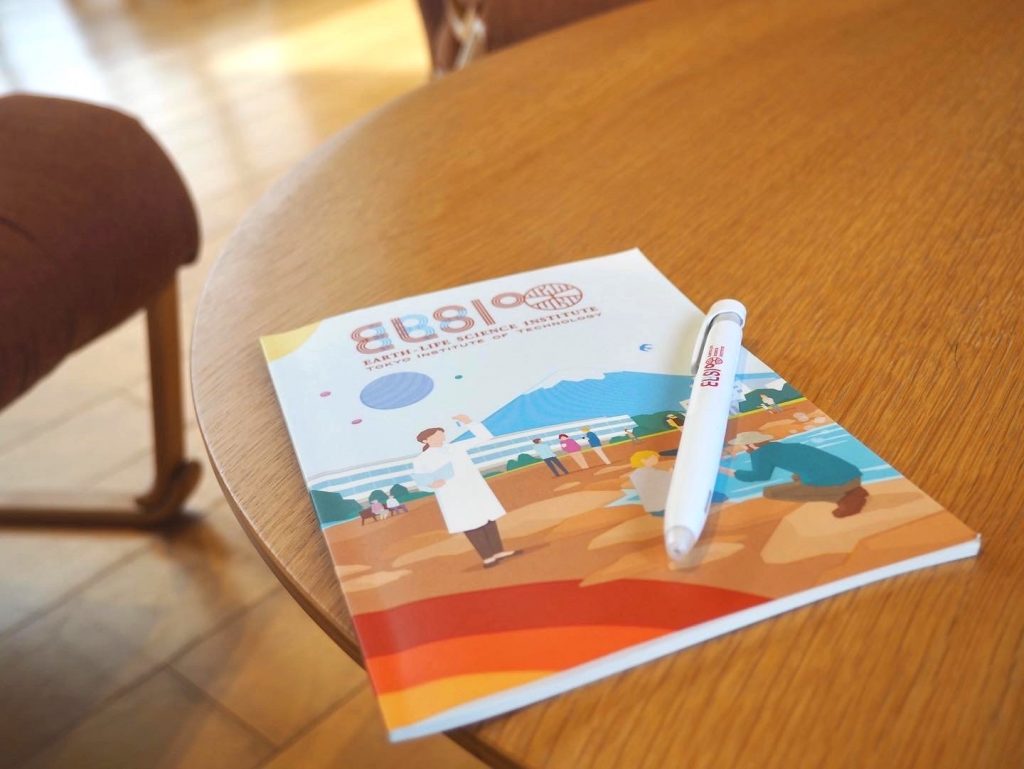
People left marks on it on different days and times between their routines; some decided to use ketchup and tea to draw a line during their lunch break. During the stay, I had more dialogues and conversations with researchers and people who passed by AGORA. I had a wonderful time speaking with each individual and learning about their research, life and interests.
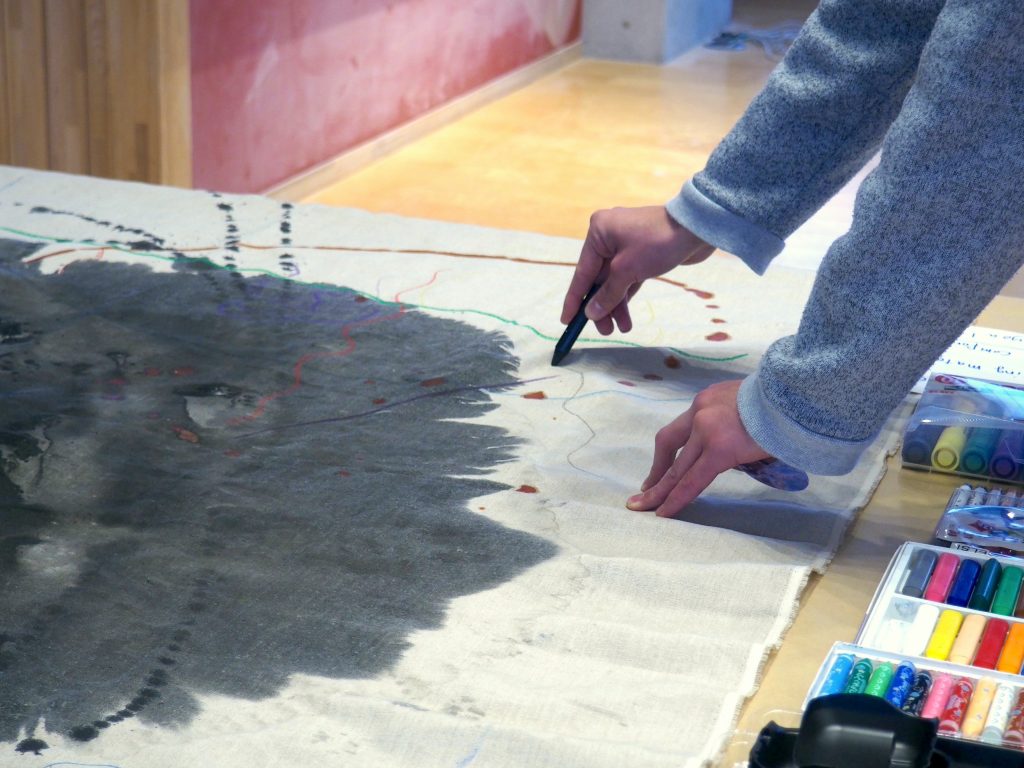
One of the things that came up in the discussions was the similarity between art and science. Although the tools we use may be different, both artists and scientists observe, feel, and take things we don’t know and share our own views, which may or may not be helpful for others. In a way, we are reporting what we see from the windows of our universe and spreading each other’s universe by exchanging those views. We are also big fans of “unknown” and “mysteries”; we enjoy the process of floating in the oceans of “unknown”.
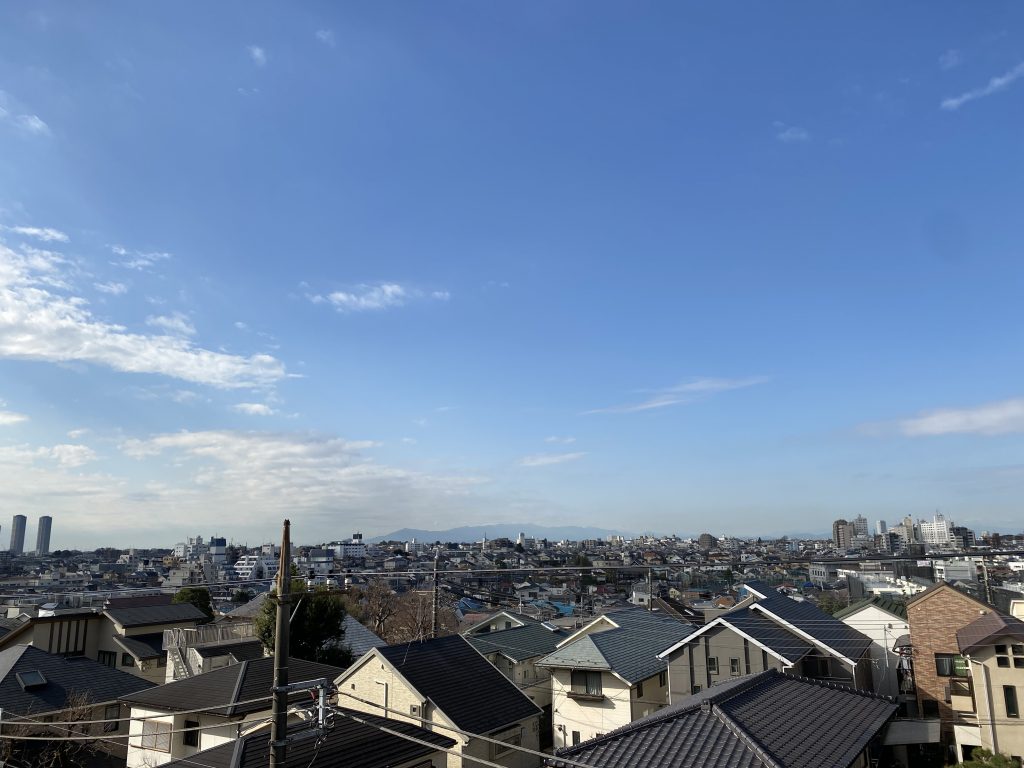
“Time and Your Universe”
During my second visit, we also had a workshop that reflected the discussions. At the workshop, I asked everyone to choose a writing material that described their present self, past self and future self and express what is at the very core part of themselves.
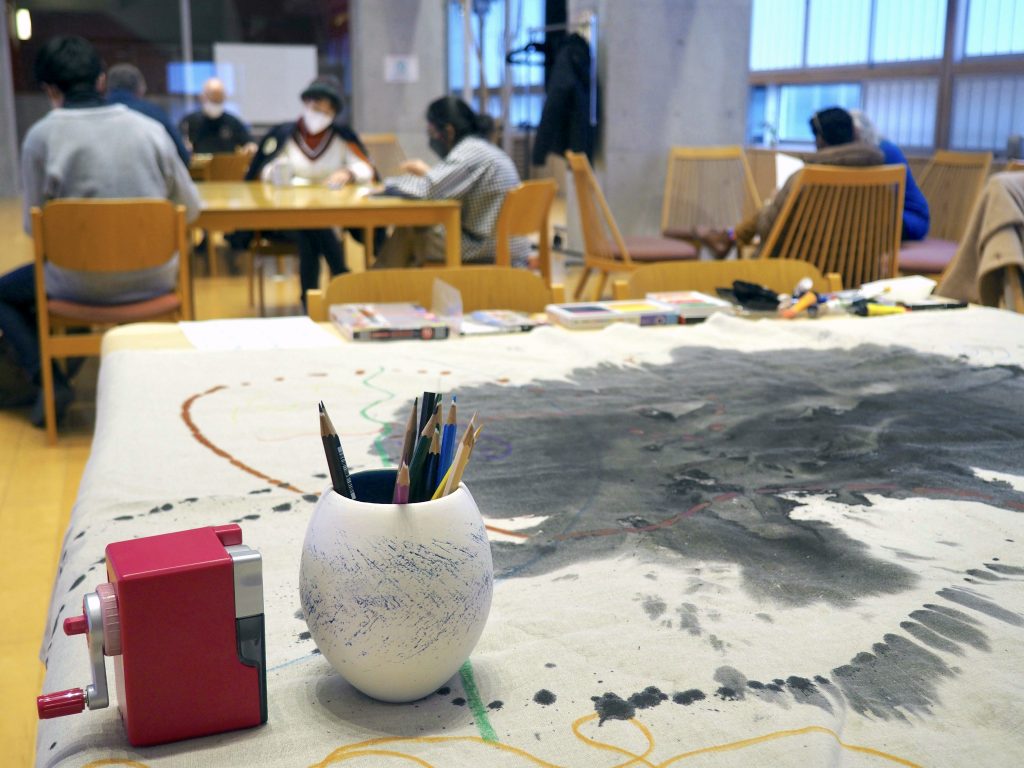
From dialogues with the researchers, I felt that even if their research was about studying the past and memories left on things around us, it is also about the present and future at the same time. I felt that everything ultimately comes down to “Now”.
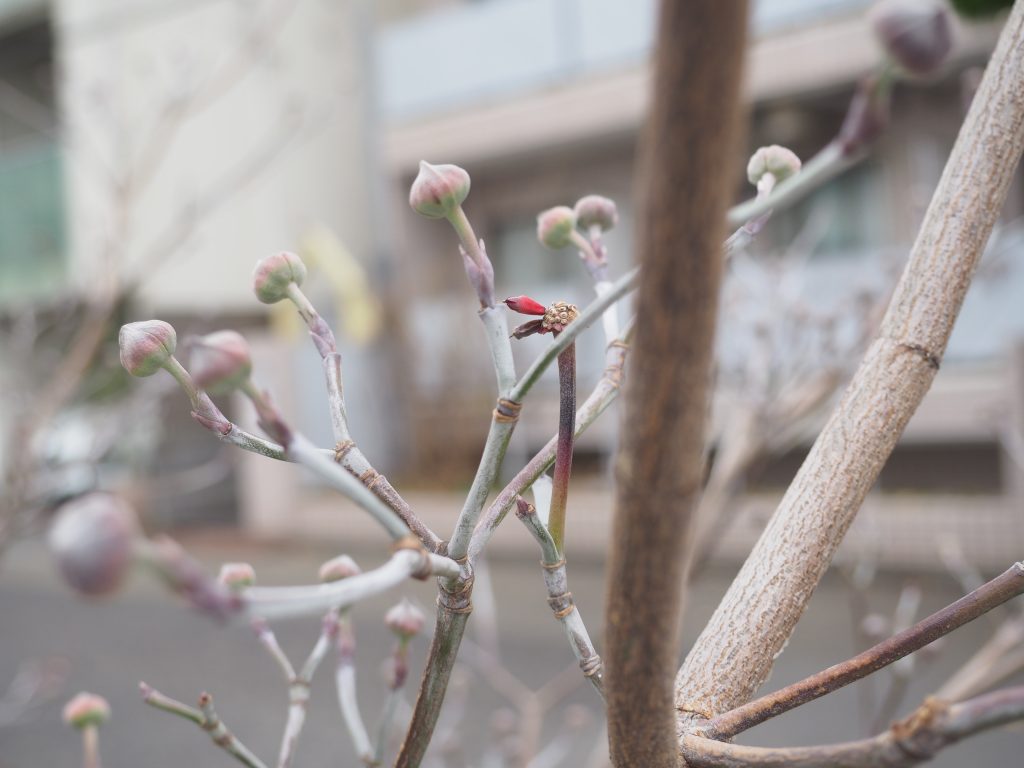
The variety of their research, approaches and backgrounds has also reminded me of the importance of diversity; because we are all very different, we all exist, and I am thankful for it. The workshop was both about playing with the concept of time and celebrating the diversity of our unique universe within each of us.
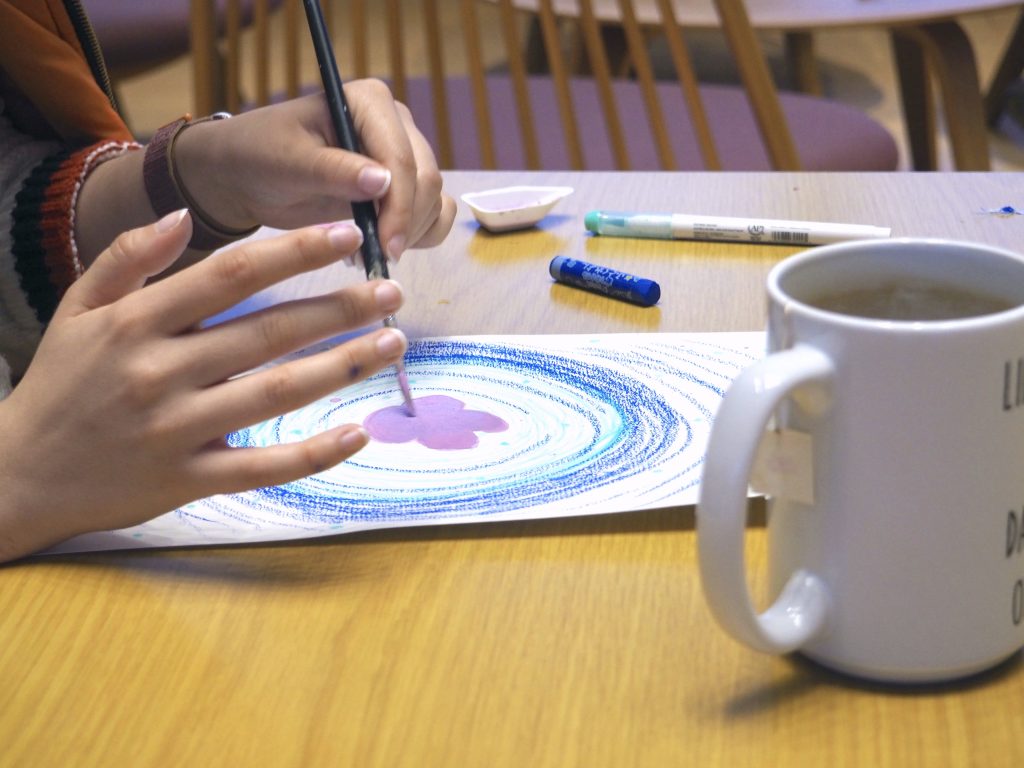
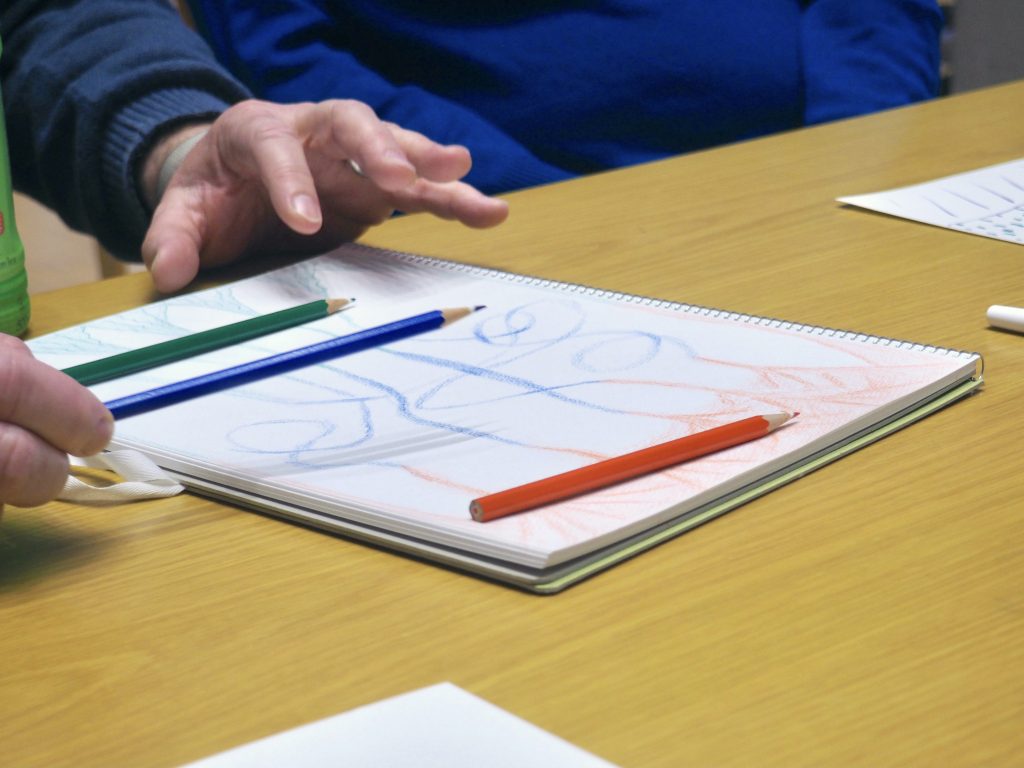
Ultimately, we shared our pieces and perceptions of time and how we saw ourselves existing in the universe, dancing with time and space.
Mediums
Later I added more layers to the artwork using various materials such as mineral pigments, oil pastels, manicures, plaster and charcoal from a fire pit. The researchers also provided some lab equipment. As many layers were added, it began to look messy and chaotic yet harmonious as life itself is.
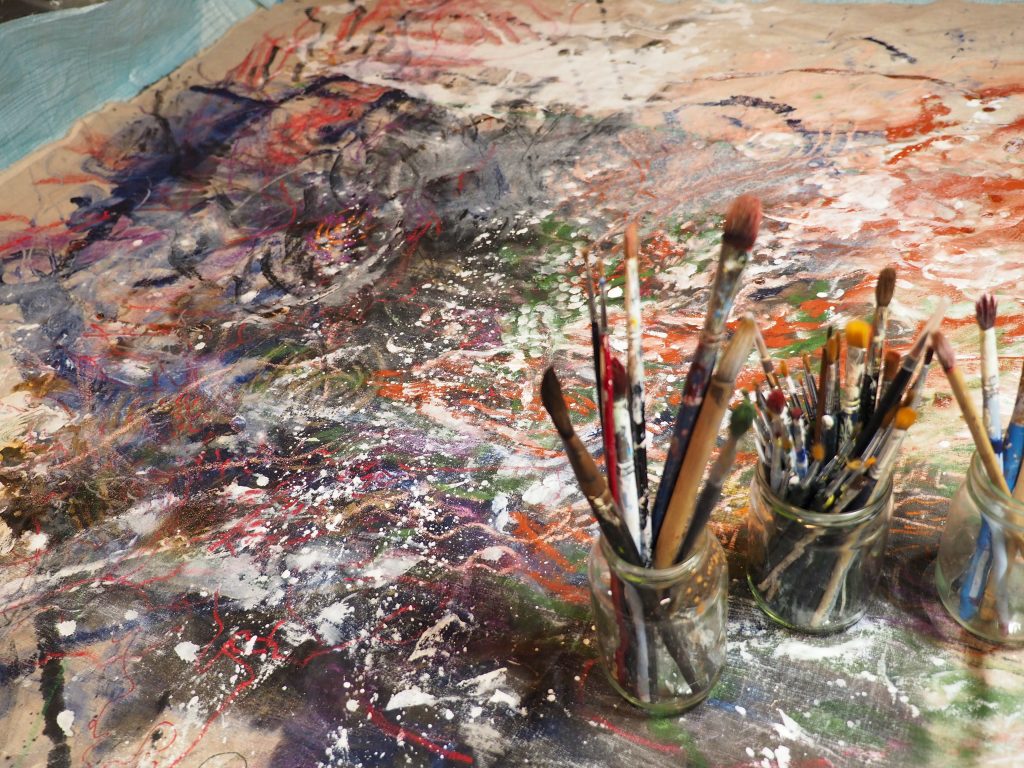
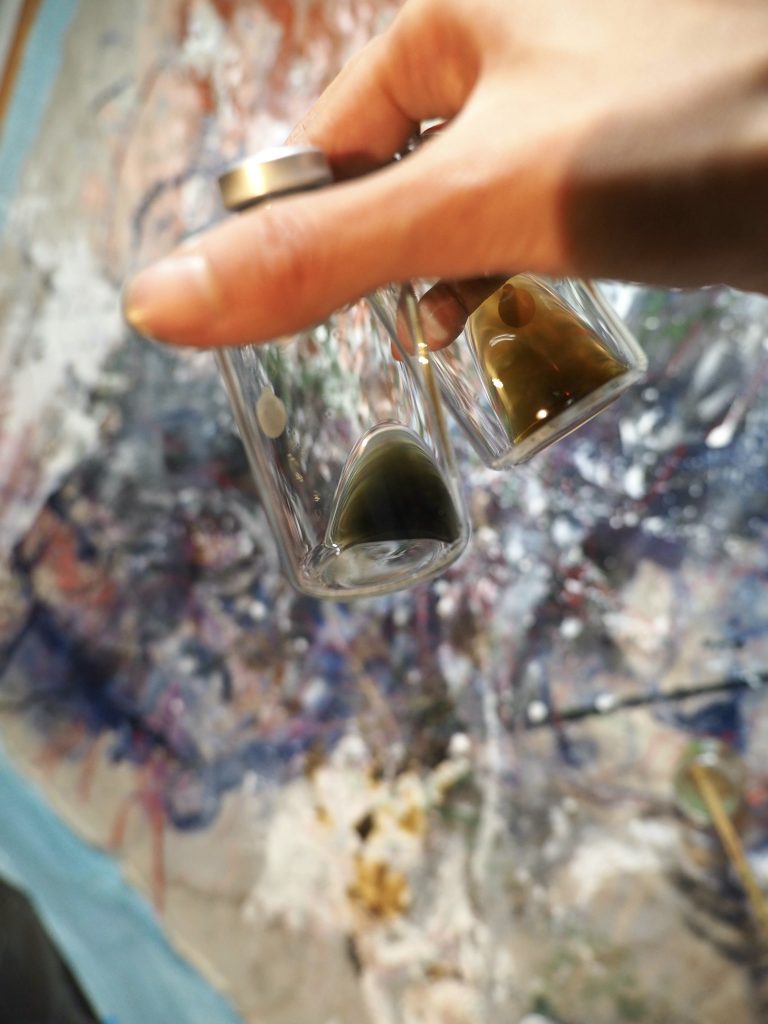
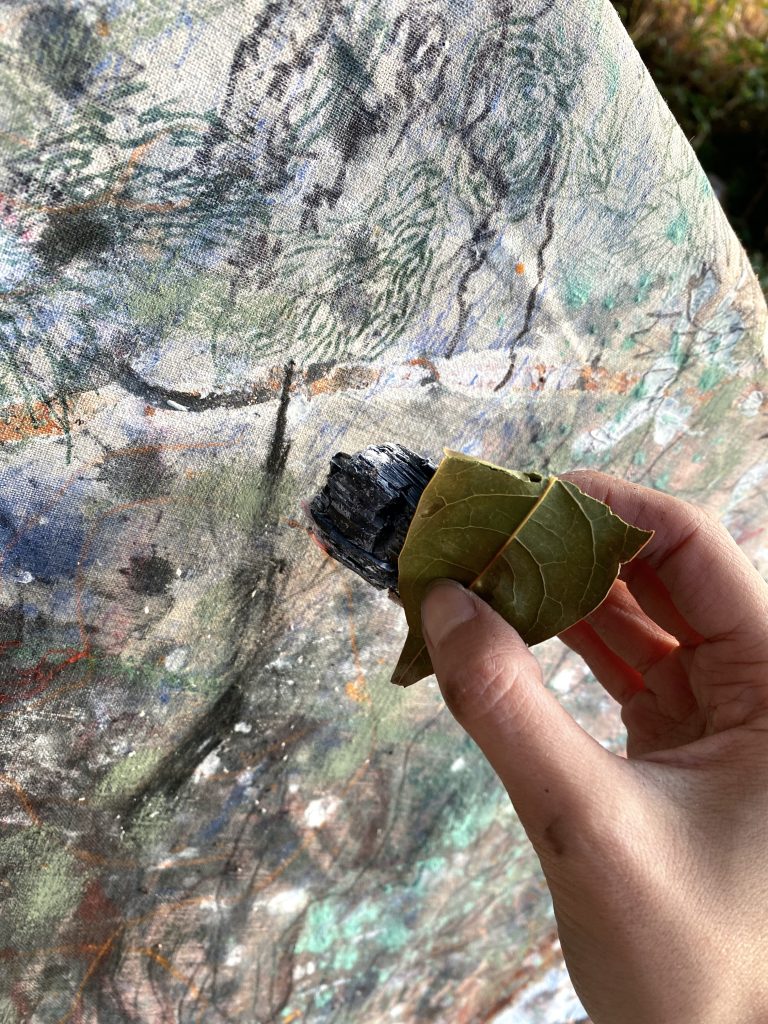
Bamboo was chosen as the support of the artwork because its emptiness reminds me that, as beings of nature, we are part of the universe, and when we are empty, the river flows naturally within us.
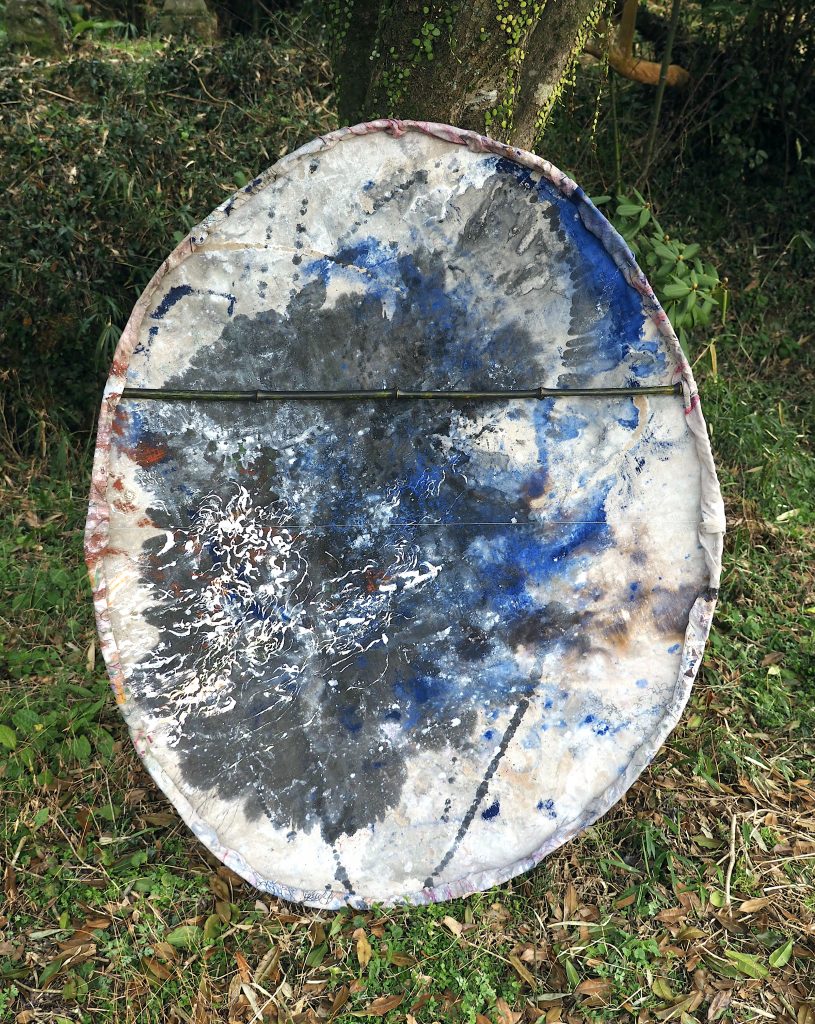
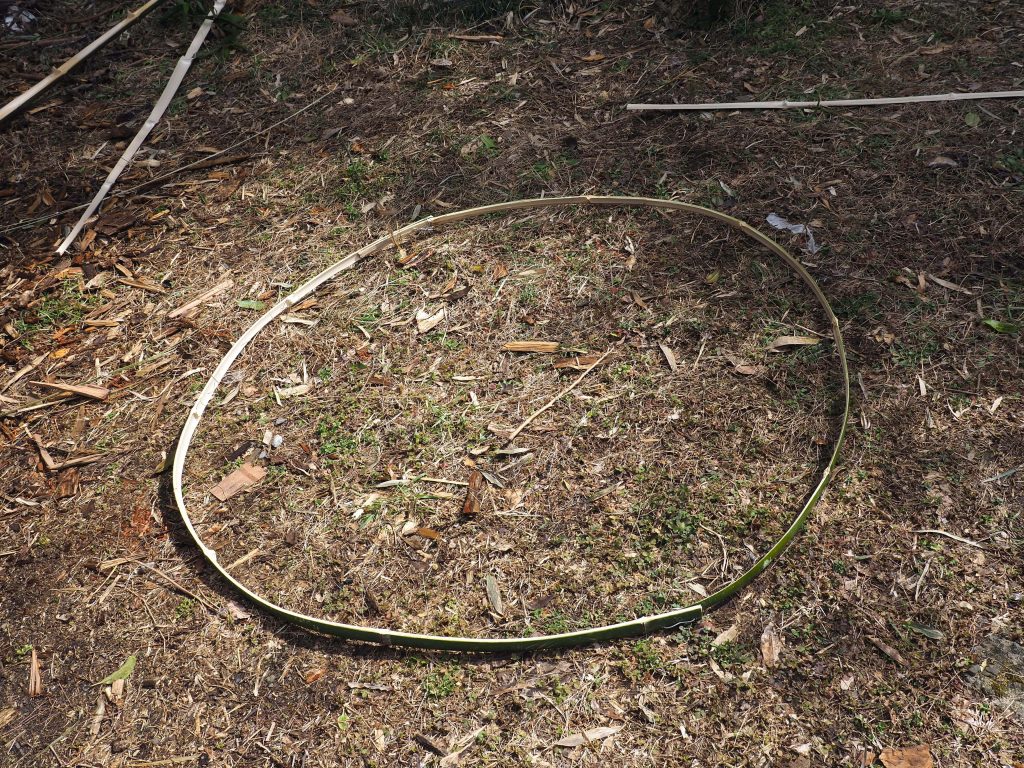
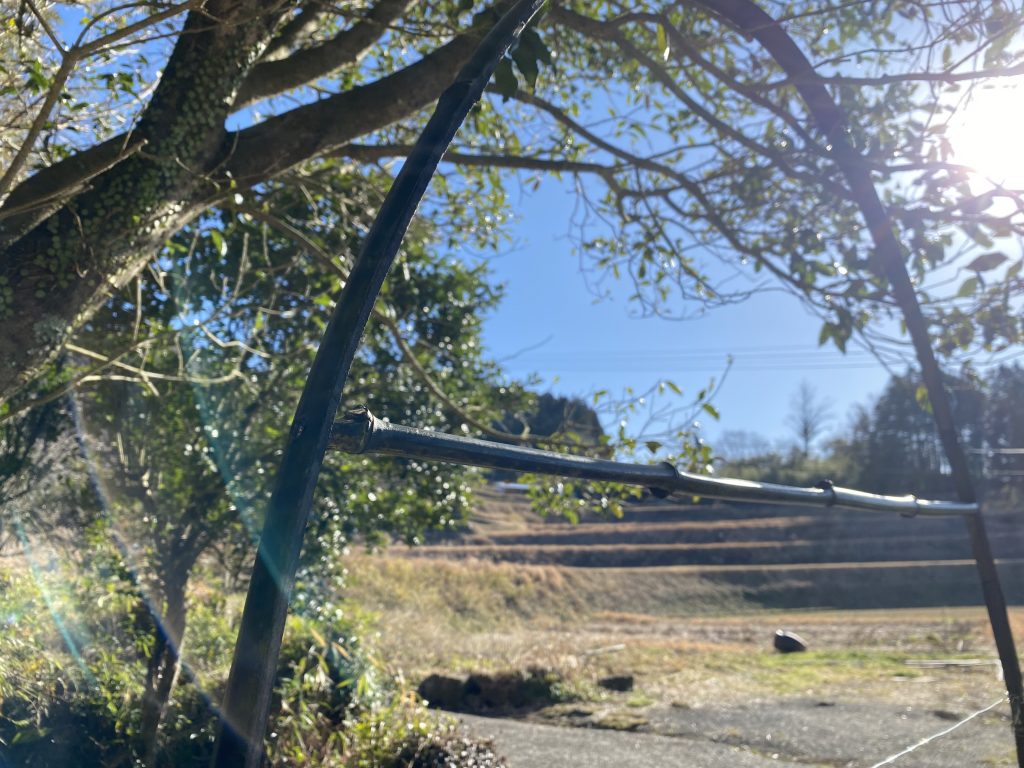
Towards the end, both visible and invisible surroundings like time, space and energies of individuals became integrated within the artwork as a reflection of the universe we are part of.
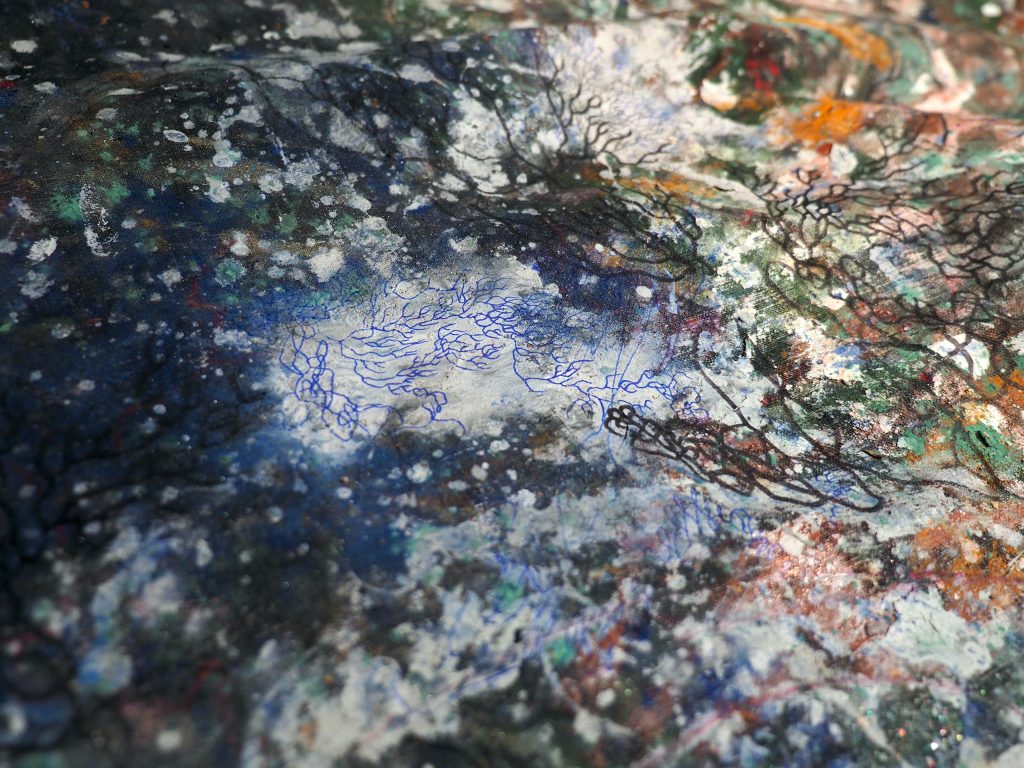
Conclusion
Collaborating with the researchers at ELSI has allowed me to learn about new things and see things from different angles. Discussing life, Earth and the universe from various aspects has also allowed me to deepen my perception of the universe that we are part of. No matter what language we use, we are part of the universe connected as a whole, and the unique universe within each of us enables diversity and richness of life. I am thankful to everyone who shared their insights and time with me through the project.
Acknowledgement:
Thank you so much for your support and collaboration; with the project supervisor; Thilina Heenatigala, participating scientists; John Hernlund, Shigeru Ida, Shawn McGlynn, Tony Z. Jia, Hiroyuki Kurokawa, Keiko Hamano, Christine Houser, Yamei Li, Harrison Smith, Natsumi Noda and PR staff; Shigeru Masuda and Minako Shirakura.
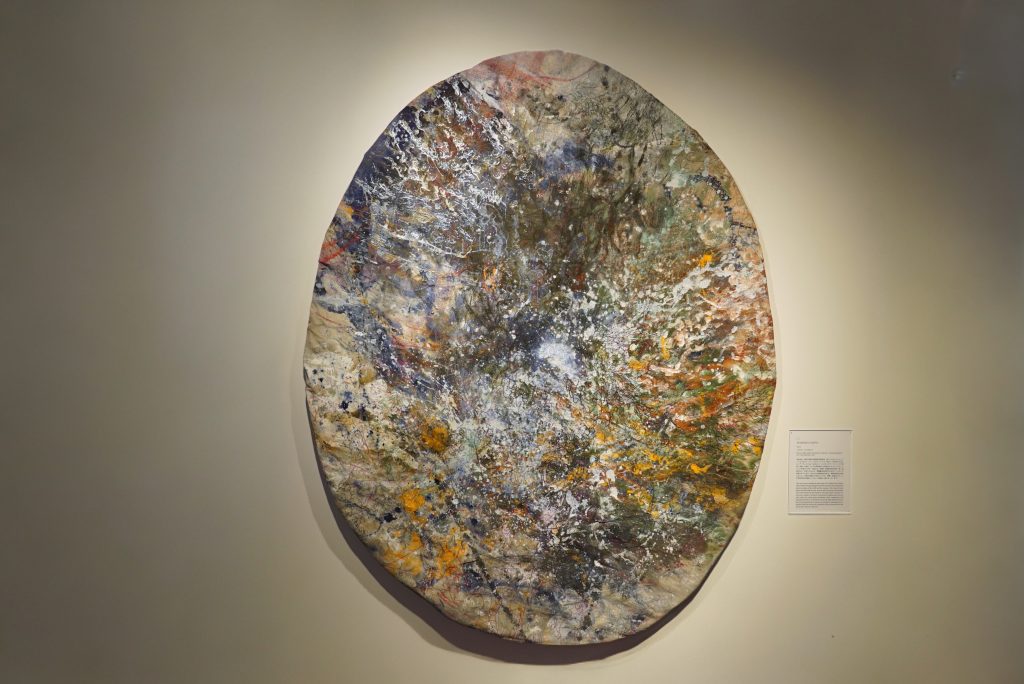
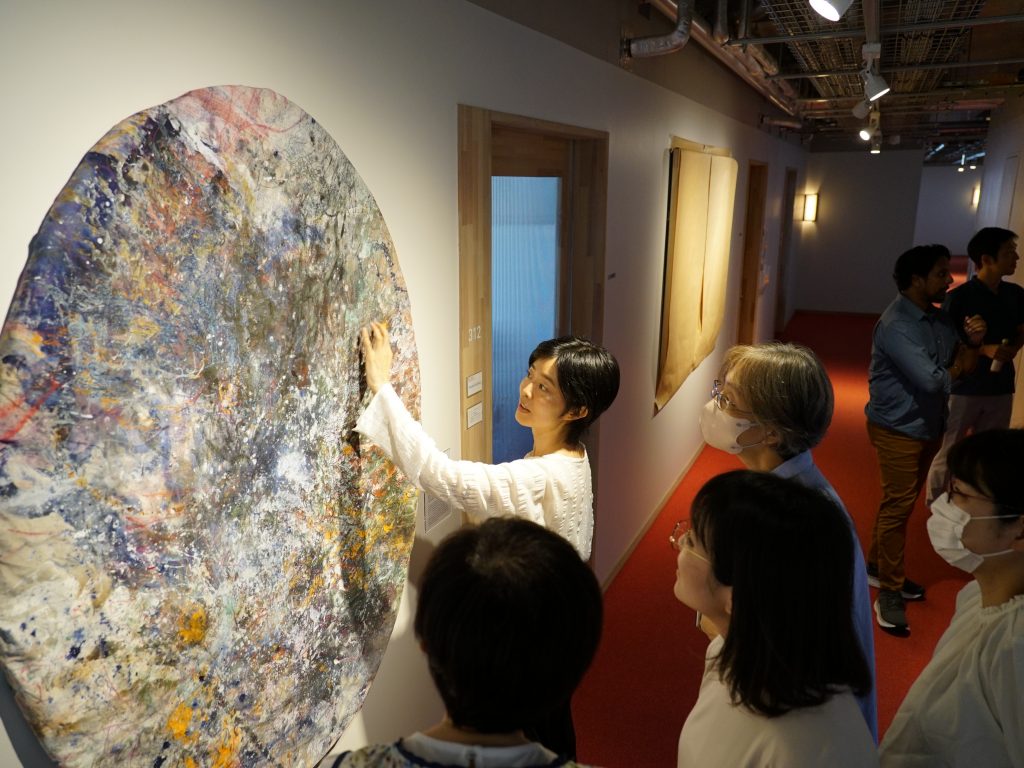
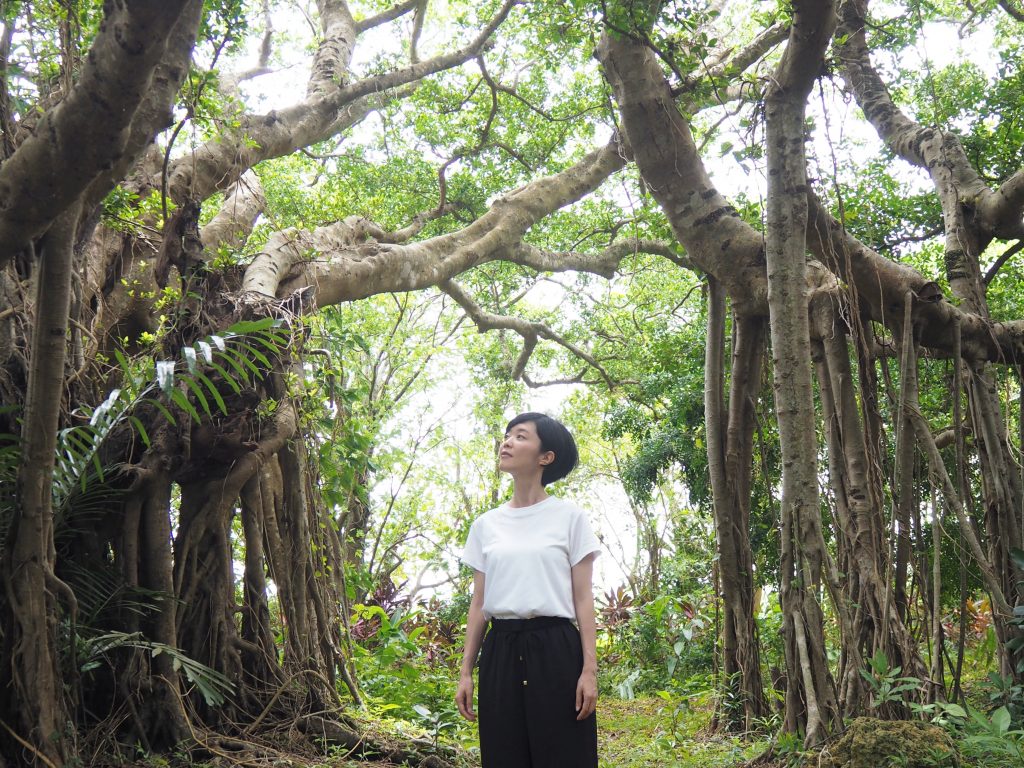
Madoka Naito is an artist from Okinawa who explores humans’ innate creativity and uniqueness as nature. Her works embrace the organic flow of life, chaos and harmony while reflecting a fundamental truth she acquired during her travels: as beings of nature, all humans are fundamentally the same, yet each of us is entirely unique.
